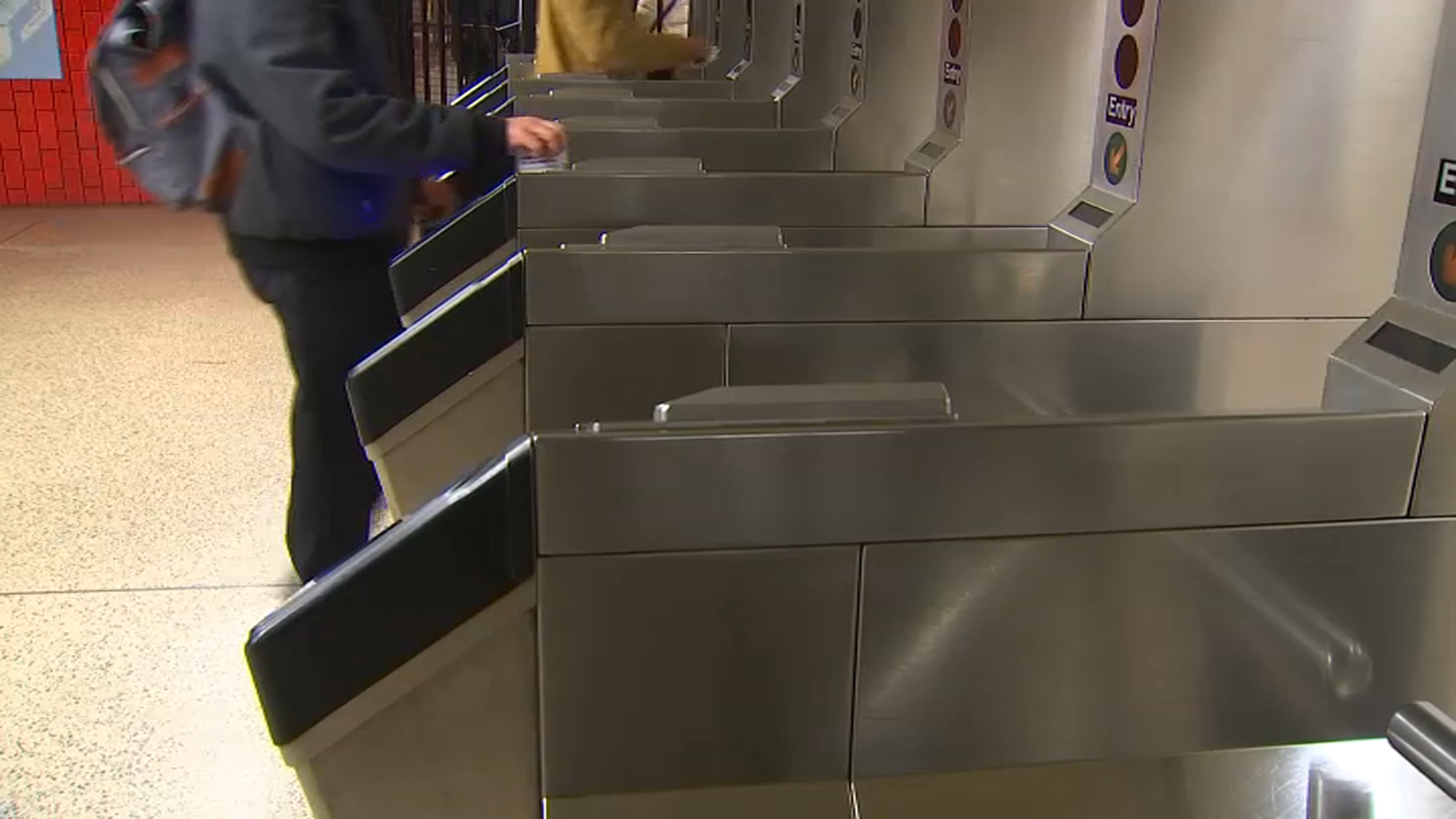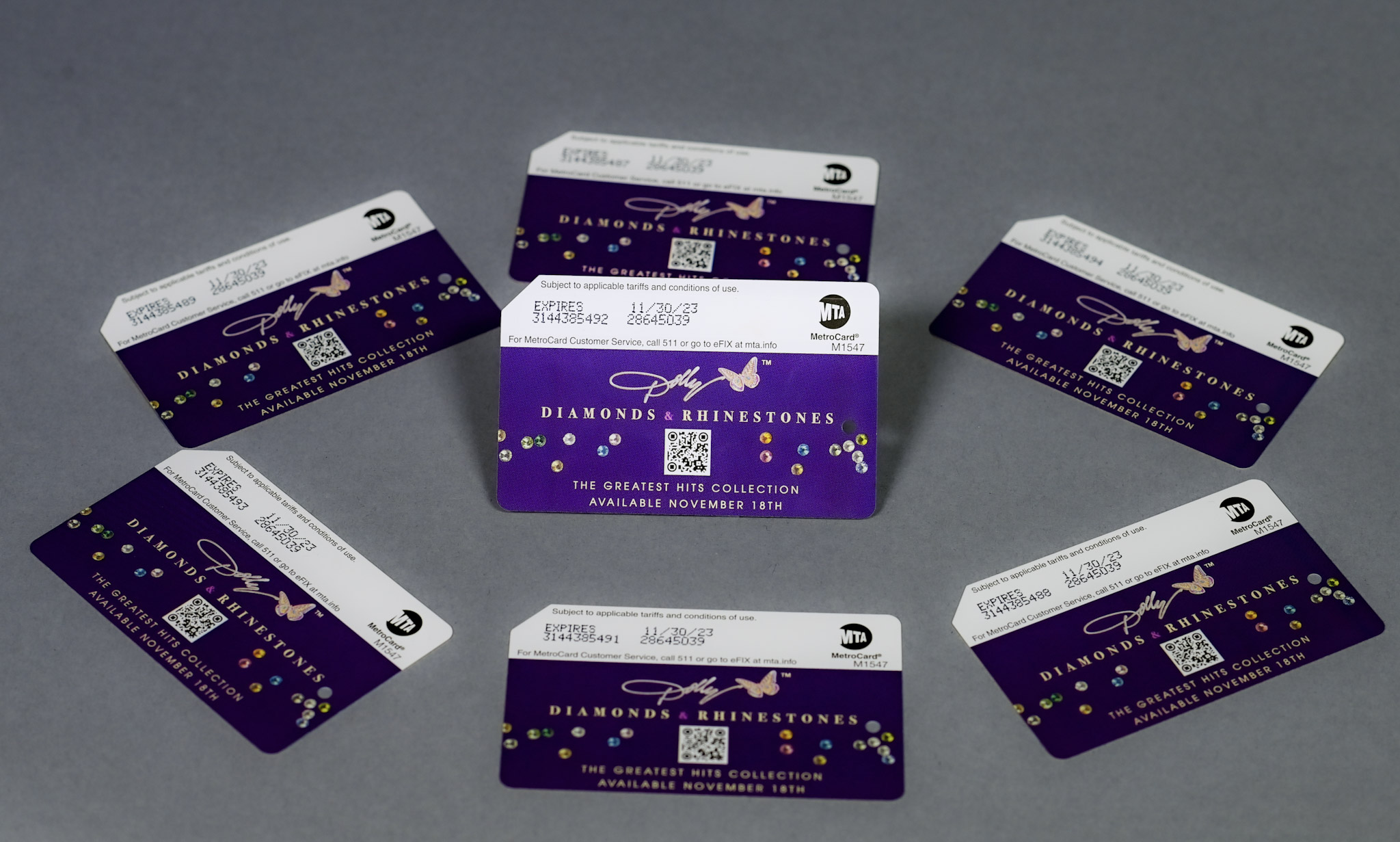The MTA is thinking outside the booth.
Subway riders have seen them everyday for decades: Subway agents inside the token booths, helping lost tourists find their way underground or helping people find out why their MetroCard is no longer functioning.
But they haven't sold tokens in 20 years, and now the agents won't be in the booths much longer — but they aren't going away.
Get Tri-state area news and weather forecasts to your inbox. Sign up for NBC New York newsletters.
With the MetroCard getting replaced by the tap-and-go OMNY system, the MTA is removing the agents from their iconic glass booths and assigning them to be roving agents instead.
MTA officials said that at a time when public safety is the number one issue, getting agents out from behind the glass provides more eyes and ears.
"Being able to move out is a far better approach than behind a booth with very limited view," said MTA Transit President Richard Davey.
It also means new training for the agents.
"It’s a little scary to be here with the people…we need to pay attention to our surroundings look around ," said station agent Yamina Smith.
The booths themselves won't actually be removed, and will be staying as a bulletproof security precaution.
"As long as the booths are there we can retreat, I don’t see a problem," said another station agent, Dwayne Boothman.
The Transit Workers Union agreed to the roving aspect of the job as a way to avoid layoffs.
"The OMNY posed a serious threat. We refused to get left behind like the toll clerks at the tollbooths at bridge and tunnels," said TWU Vice President Robert Kelly.
The transformation of 2,000 booth agents to roving agents will take a little time, with the program beginning Feb. 1, 2023.



